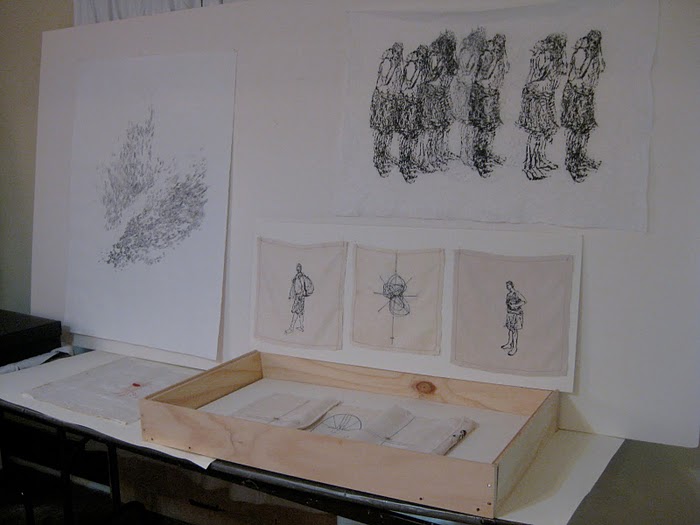 Introducing...Kelly Hardage, owner of Culp Associates. He's always been one of my favorite people in the design community, and Culp has always been one of my favorite showrooms in Texas. So I'm excited to announce Culp as my first showroom sponsor of the blog.
Introducing...Kelly Hardage, owner of Culp Associates. He's always been one of my favorite people in the design community, and Culp has always been one of my favorite showrooms in Texas. So I'm excited to announce Culp as my first showroom sponsor of the blog.Kelly was president of the company for 12 years before buying the legendary 38-year-old showroom from Walter Lee Culp in 2004. Since then, he's brought in a number of terrific new lines, including the lovely Ironies furniture line, which is showcased in a glass loft upstairs built exclusively for the collection.
beautiful furnishings from metals and unusual, organic materials.
Who inspires your work?
My clients. They are diversified, interesting and worldly. It's their creativity and style that guide the way we select product and present ourselves as a showroom. They are why I love going to work every day.
Latest inspiration?
My wife and I were in Portland, Oregon recently and were invited to dinner at the home of the parents of a Dallas architect and friend. The house is about 30 minutes from the city and is on seveal acres surrounded by fields of hops, wheat, and Christmas tree farms. The home itself is an historic structure built around 1850. It was purchased and perfectly restored by my friend's mother and her husband. She is a legendary interior designer in Portland, and he is a very well known landscape architect. The grounds surrounding the home are some of the most beautiful I have seen and included every plant imaginable that will grow in that part of the world. Two 600-year-old Douglas firs shade the house. We had dinner by candlelight on the lush green lawn as the sun set and the moon rose in the distance. The home and the grounds were simply magnificent, but the owners made the visit so special. I have never met more gracious, lovely, and hospitable people anywhere.

all hand-made in southern California.
Favorite recent design find?
A Navajo India rug that we discovered in a gallery in Santa Fe. I like it because it's very different that what one thinks of as a Navajo design. It was woven by hand in the early 1900s when the train tracks were being extended to the West. It has figures of women wearing unusual hats that have a Far East influence, and is believed that the design was taken from the Chinese workers who were employed by the railroads. It's unusual to find a pictorial like this.

of a number of high end textile collections at Culp
What do we probably not know about you?
I'm an introvert.
What books are you reading now?
Marine by Tom Clancy. I'm learning what my son, a Marine, has gone through.
South of Broad, by Pat Conroy
The Devil in White City by Erik Larson

Dennis and Leen's historic reproductions include stone mantlepieces and lighting
based on the company's collection of fine 17th and 18th century antiques.
What are you obsessed with?
My wife and two sons
Your biggest fear?
Not working.
On the horizon?
More travel and more time in Santa Fe.




















































